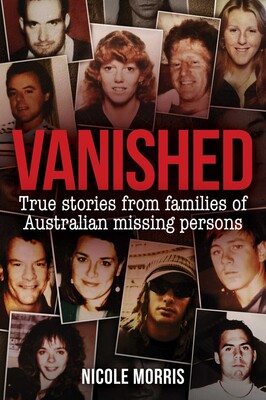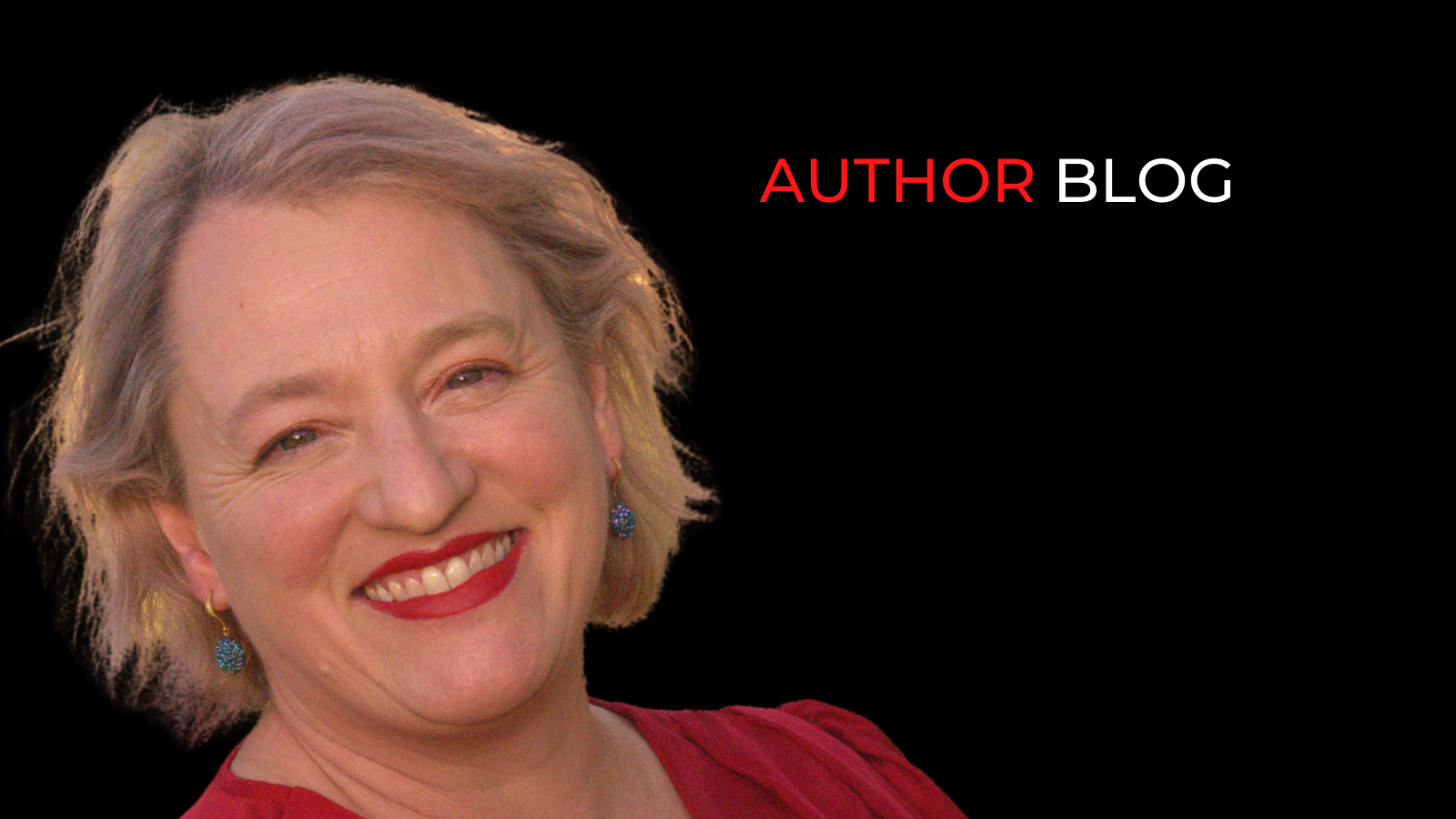Nicole Morris, the Director of Australian Missing Persons Register, is the author of Vanished True stories from families of Australian missing persons. Here she explores how she got there.
I love old second-hand bookshops. You know that smell? Old paper and dark corners, ink, and wooden shelves. There was one in the little seaside town I grew up in. Before we moved there, we went there on every holiday, and on the first day my sister and I would wait impatiently for our parents to drive us to the bookshop.
We had a list of what we wanted to find. At the top of my list was as many Trixie Belden books as I could find. You remember those retro paperbacks from the 80s? Trixie’s redheaded, freckly grin on the cover. We would trade in all the books we’d already read and the shop owner, who got to know us very well, would give us a dollar value, and off we’d go, on the hunt for new books. Trixie, Nancy Drew, the Famous Five, Secret Seven. We loved them.
When mum and dad took us out fishing, my sister and I would huddle under the hull, devouring our treasures as the boat gently rocked. I loved how Trixie would find herself in all sorts of dangerous situations, but she’d solve the mystery, every time. I loved working out the ending before I got to the last page. I think that’s what drew me to the world of missing persons. What happens to people? They don’t disappear. Something happens. Trixie ignited a curiosity in me that remains to this day.
I always knew I would write a book one day. It was inevitable. It was a deep-seated longing. The day my publisher said hey, we’d love to publish your book, I cried. I cried from my soul, from that little girl absorbed in her teen detective novels in the hull of the boat, to finally signing that contract. Greatest. Feeling. Ever.

So when I get a new missing persons case, I feel like Trixie. There is a buzz of anticipation as I start to read about the case, about this person, about the last time they were seen. I turn it over in my mind, I go over the details and I try to figure out what’s happened. I settle back and think, how can I help find this person? What will I write that might reach the person who knows what happened?
I’m writing a chapter for the new book, that has all the hallmarks of a great mystery. At the start, you think it’s a simple tale. A man goes missing. Is he still out there somewhere? Maybe. Then, as the investigator, I start to dig. I start to talk to people. I start asking questions. I learn a bit here, a bit there. Not too much, not too many details. Just enough to send me in another direction, to ask more questions. Learning a little more each time.
Until I look around, at all the pieces of the puzzle, laid out on the floor, surrounding me, and I realise with horror that it is not simple at all. It is complex, it is dark, it is twisted, it is sinister. It is bigger than I could have imagined. So I do what I do, I tell his story. And together, with my readers, like Trixie, we will figure it out together.
More info here.
